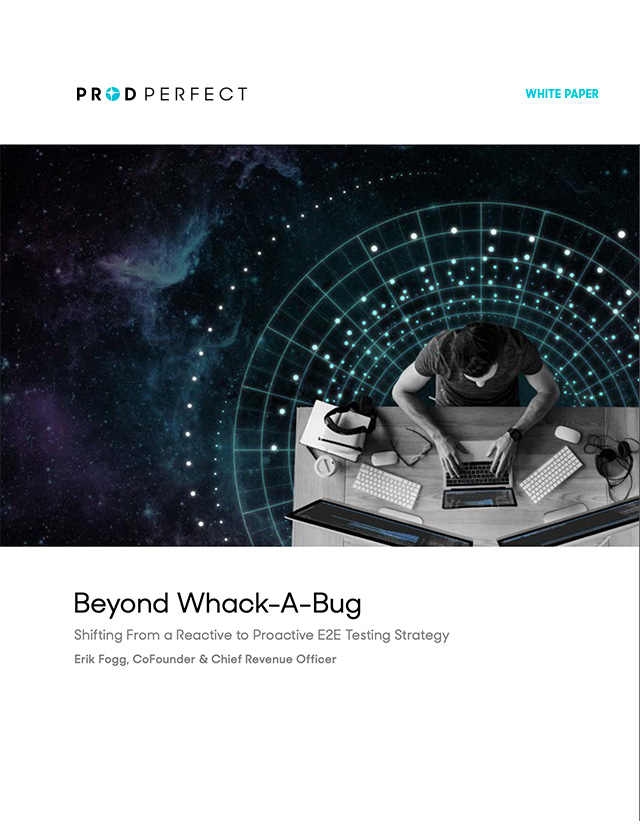Are You Losing Sight of ROI with Reactive E2E Testing Practices?
In the world of end-to-end (E2E) testing, like a classic “Whack-A-Mole” game, we can get stuck playing “Whack-A-Bug” when we reactively write tests to bugs that pop up in production in order to prevent them from appearing again. As leaders in our organizations, we must instead figure out how to be one step ahead, committing to developing more courageous, forward-thinking E2E testing strategies.
Whack-A-Bug testing is NOT a proactive testing strategy: a Whack-A-Bug test doesn’t add a test to the area of the application with the greatest need for tests. Instead, it is a passive strategy: we’re testing an area as a reaction to seeing a bug there. Reactive testing defers priorities and delays execution of a planned strategy, adding to your team’s maintenance burden. As such, it hobbles developer productivity and velocity while bloating your test suite and increasing instability.
Proactivity = Productivity
When you rebuild your testing strategy from the ground up, you can highlight your most important priorities and reduce the number of unnecessary tests, freeing up developers and QA resources to properly cover what’s important to your business. The benefit is threefold:
- Better quality
- Better speed and cost
- Higher trust from your developers in the test suite
By committing to your QA strategy and sticking with it, you’ll align your process with business goals and prevent resource-taxing knee-jerk reactions.
Evaluate the way you resolve bugs and commit to making data-driven decisions that inform a smart testing strategy. Read the white paper to learn how.

